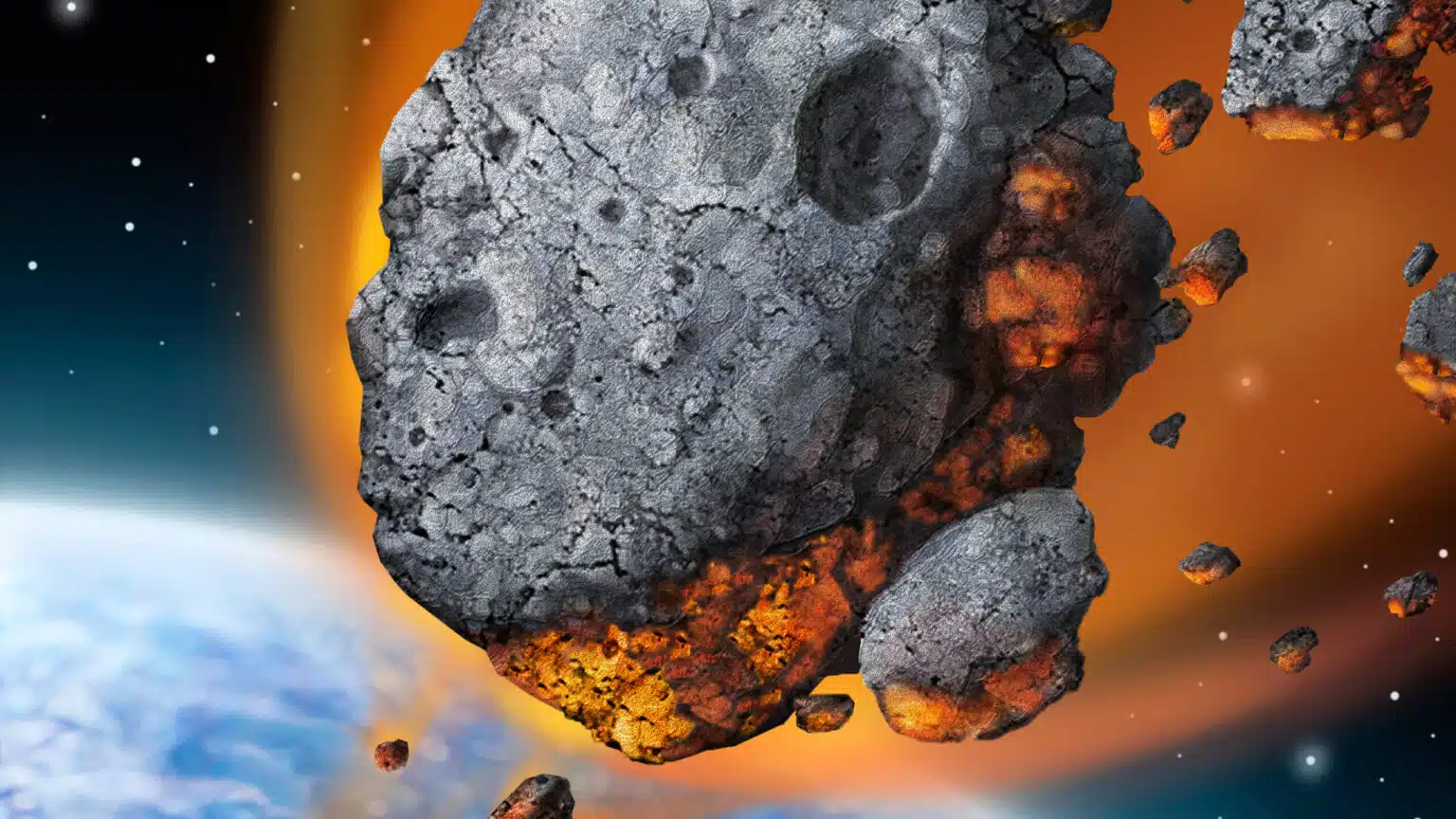2024 BU’s orbit around the Sun, which took 359 days to complete, was roughly circular before it came into contact with Earth. After the encounter, the asteroid’s orbit will become slenderer, moving it out to a point that is midway between Earth’s and Mars’ orbits at its farthest point from the Sun. After that, the asteroid will do one circle every 425 days.
Background

This week, a recently found asteroid will pass very near Earth.
The asteroid 2024 BU, which was discovered on Saturday, is estimated to measure between 11 and 28 feet in diameter. The same astronomer in Crimea, Gennady Borisov, who discovered an interstellar comet in 2019, made the first observation of it. Numerous observations were made over the course of a few days by astronomers all across the world, allowing them to fine-tune the asteroid’s orbit.
The space rock was less than 3% of the typical Earth-moon distance when it passed by Earth on Thursday, Jan. 26 at 4:17 p.m. EST (2117 GMT). It was only 2,178 miles (3,506 kilometers) above the planet’s surface.
https://www.youtube.com/live/P0sD-qcnvpY?feature=share
Video Credit: The Virtual Telescope Project
How close will it be?

According to scientists, most of the space rock would melt in the atmosphere, while a few of the larger fragments perhaps fall as meteorites, even if they approached much closer.
A strike was promptly ruled out by NASA’s impact hazard assessment system, known as Scout, according to its creator, engineer Davide Farnocchia, who works at the agency’s Jet Propulsion Laboratory in Pasadena, California.
Farnocchia said in a statement that “despite the relatively limited sightings, it was nevertheless possible to predict that the asteroid will make an exceptionally close approach with Earth.” It is one of the known near-Earth object’s closest encounters to Earth ever recorded.
To put things into perspective, most of geostationary satellites orbit at a height of about 22,200 miles (35,800 km).
Currently, the asteroid is visible in the constellation Ursa Major. The tiny asteroid 2024 BU is quite faint at magnitude 19.15 due to its small size, but a skilled skywatcher may be able to see it via a large telescope.
How probable is it that an asteroid will hit us?
The likelihood of hitting a satellite is quite slim.
It was correctly determined that the lowest point occurred at 19:27 EST on Thursday or 00:27 GMT on Friday.
Even if 2024 BU had been directly in its path, it would have been difficult for it to cause any harm.
The boulder, which was between 11.5 and 28 feet broad and measured between 3.5 and 8.5 meters, is thought to have disintegrated high in the atmosphere. But it would have created a magnificent blaze.
In contrast, the famed Chelyabinsk meteor, which entered the atmosphere above southern Russia in 2013, was almost 20 meters (66 feet) in diameter. The ground-level windows were broken by the shockwave it created.
According to researchers from NASA, 2024 BU’s approach to Earth has altered its orbit around the Sun.
It was tugged by the gravity of our planet, which altered its course across space.
According to the Center for Near Earth Object Studies, which is housed at NASA’s Jet Propulsion Laboratory in Southern California, asteroid 2024 BU is classified as an Apollo-type asteroid, meaning that although its orbit crosses that of Earth, it spends the majority of its time far outside the path of our planet. The next time 2024 BU comes close to Earth will not be until December 6, 2036, since it rounds the sun every 425 days.
Even though asteroid 2024 BU will fly by Earth very closely, it is not considered to be possibly dangerous. This is because due to its small size; it would probably disintegrate and burn up in the Earth’s atmosphere.













